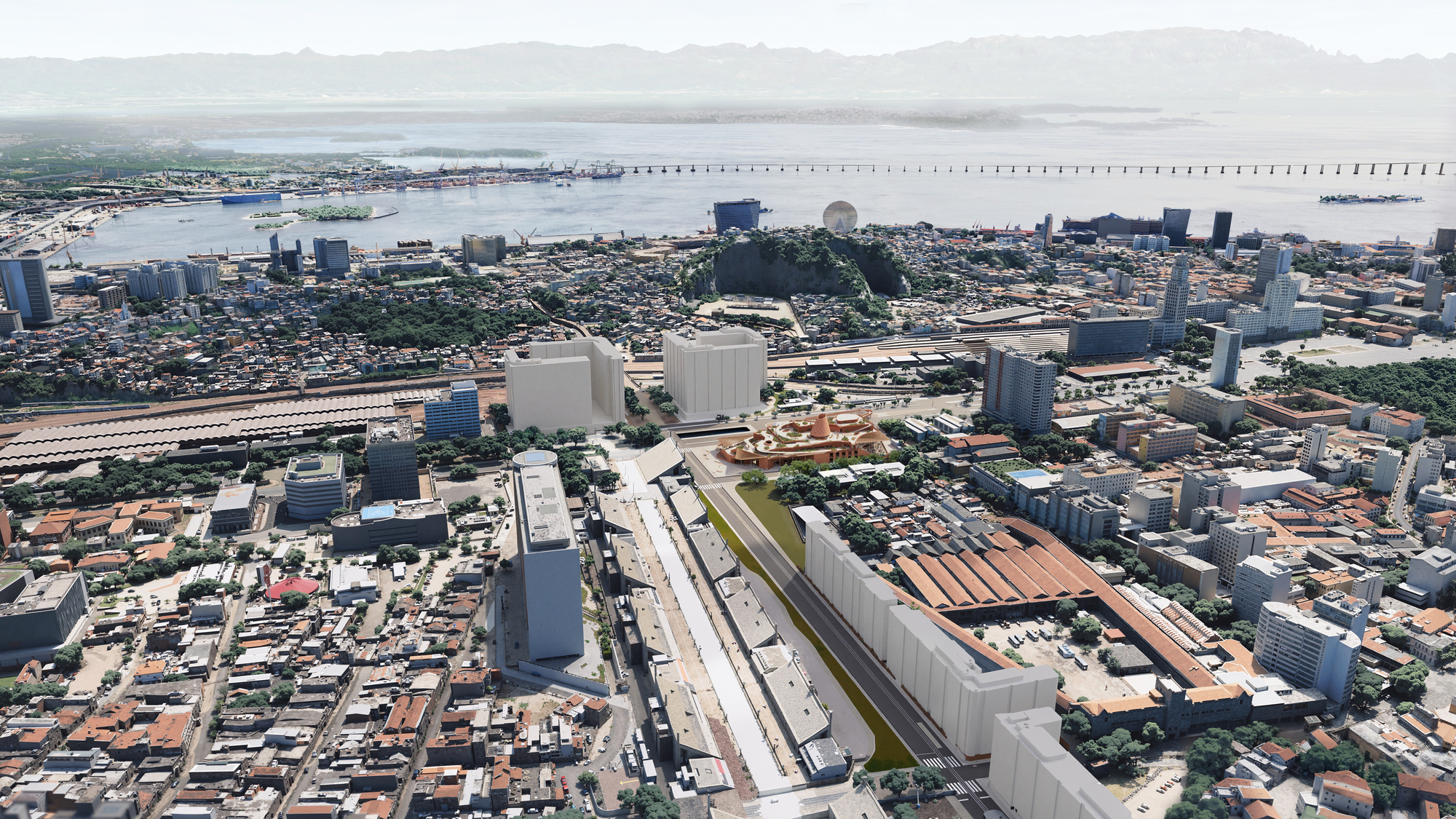
"From Venice, where the 19th Architecture Biennale concluded with debates on material use and long-term cultural impact, to international awards foregrounding regenerative and socially responsive design, the conversation around architecture is increasingly intertwined with planetary priorities. Major urban interventions, from Thessaloniki's seafront redevelopment and Rio de Janeiro's new public library, to Abu Dhabi's Natural History Museum and a civic stadium in Birmingham, demonstrate how multiple cities are addressing mobility, heritage, density, and climate resilience."
"On November 23, 2025, the 19th Venice Architecture Biennale officially closed its doors. With 298,000 visitors, plus 17,584 preview attendees, it became the most visited Architecture Biennale to date. Reflecting on the edition, Carlo Ratti noted that "the true legacy of a Biennale is not defined by immediate popularity, but by what endures." A snapshot of the extensive participation and themes explored is available in ArchDaily's coverage, which includes interviews, an opinion article, and highlights from throughout the 2025 exhibition."
Global urban planning increasingly prioritizes climate adaptation, resilient development and regenerative design. Cities are rethinking material choices, cultural impact, mobility networks and public spaces to meet planetary priorities shaped by COP30. Major interventions in Thessaloniki, Rio de Janeiro, Abu Dhabi and Birmingham address mobility, heritage, density and climate resilience through new libraries, museums, seafronts and civic stadiums. Strategic plans in Mantua, Utrecht and Amsterdam Airport Schiphol emphasize ecological urban strategies, elevated landscapes and redesigned landside mobility systems. The collective shift favors integrated, people-centred frameworks that enhance environmental performance, public realm quality and long-term territorial stewardship.
Read at ArchDaily
Unable to calculate read time
Collection
[
|
...
]